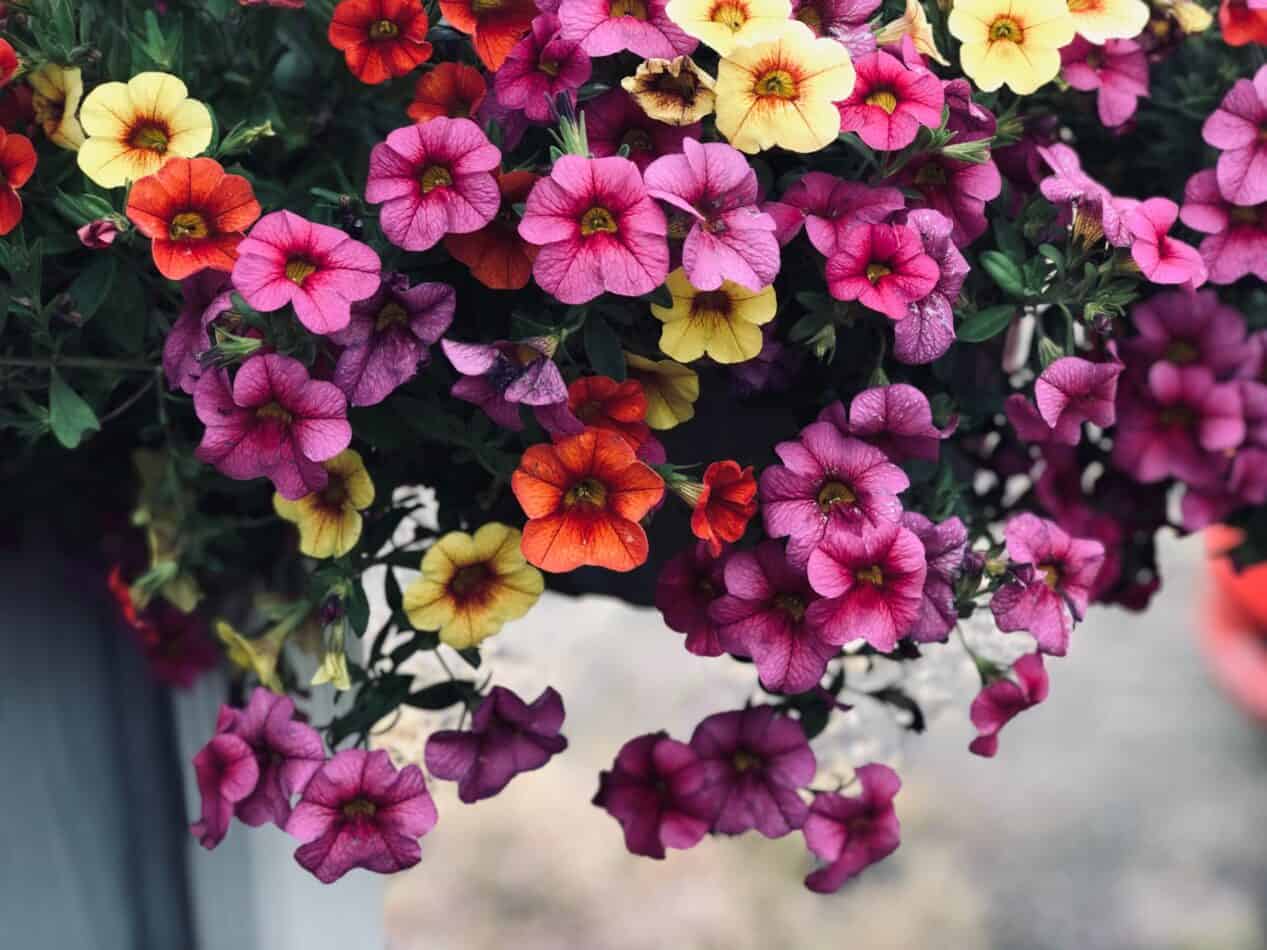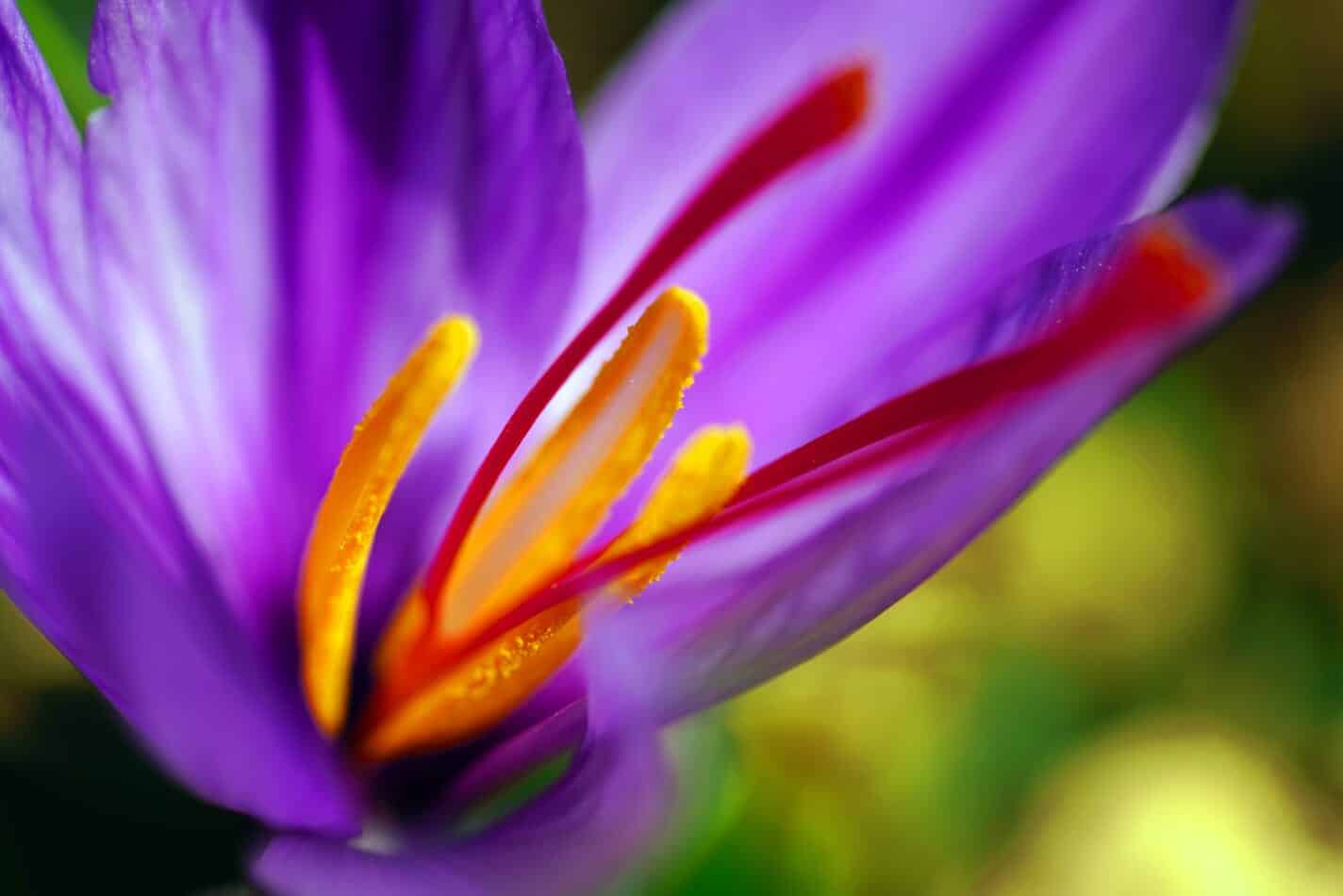Ranunculaceae is the family of Roundleaf Liverleaf, also known as Hepatica Americana. It is a perennial plant to which the typical characteristics of perennials such as deep root systems and lasting blooms apply. This flower grows to a mature size of around nine inches tall and is an excellent choice for woodlands and rock gardens.
Light and Soil
Roundleaf Liverleaf enjoys partial to full shade and grows best in humus-rich soil. It prefers soil with a neutral to slightly acidic pH and a moderate amount of water.
Temperature and Humidity
Roundleaf Liverleaf prefers to grow in cool temperatures, as long as it does not fall below 40 degrees Fahrenheit. They also need moderate humidity to thrive.
Fertilizer
Hepatica Americana does not require fertilizer and too much nitrogen can lead to too much foliage growth, so we recommend avoiding it.
Meaning and Symbolism
Roundleaf Liverleaf is known for its romantic symbolism, having been associated with the themes of fealty and faithfulness in love. In Greek mythology, Roundleaf Liverleaf was associated with the demise of Narcissus, who met an unfortunate end upon becoming enamored with his own reflection in a reflecting pool.
History, Mythology, and Religious Significance
Roundleaf Liverleaf has a long history in many parts of the world, having been utilized by many cultures as a medicine and poison, as a love charm, and even in the religious ceremonies of some cultures. It is widely mentioned by ancient writers, including Theophrastus and Pliny the Elder, who mentioned its poisonous properties.
Flower Varieties and Their Defining Characteristics
The Roundleaf Liverleaf (Hepatica Americana) variety generally has bowl-shaped flowers that are typically light blue to lavender in color. It produces a mass of petals which is often referred to as a star-like bloom. It grows up to nine inches tall and quickly forms a pretty groundcover.
The Roundleaf Liverleaf (Hepatica Americana var. leucantha) is a beautiful annual variant of the Roundleaf Liverleaf flower. It has white-petaled flowers and reaches around a foot in height. This variety also produces a beautiful carpet of flowers over time.
The hybrid Roundleaf Liverleaf (Hepatica Nobilis) is a cross between Roundleaf Liverleaf and Hepatica. It shares the same petals as the Roundleaf Liverleaf, but with a richer and deeper color range. It produces larger, more profuse blooms than Americana, reaching heights of up to fifteen inches.
How to Pot and Repot
Roundleaf Liverleaf is easily potted and re-potted by planting them in small clay pots filled with potting soil. When re-potting, be sure to add fresh potting soil and to keep the soil moist but not soggy.
How to Prune
Roundleaf Liverleaf can be pruned in winter and early spring. Begin by removing any dead, damage or diseased stems first, and then reduce the length of the flowering stems by a third. When finished, the bush should only reach 6 inches in height.
How to Propagate
Roundleaf Liverleaf can be propagated easily by division. Begin by carefully digging up the clump of Hepatica Americana, taking care to retain as much of the root system as possible. Once dividing into smaller clumps, replant into fresh soil (pH 7.0 is ideal) and water thoroughly.
Common Pests and Diseases
Roundleaf Liverleaf is usually fairly resistant to pests and diseases due to it’s thick leaves. The most common issues are aphids, thrips, and powdery mildew. Aphids can be washed off with water, while thrips can be treated with insecticidal soap. Powdery mildew can be treated with a fungicide.
FAQs
Q: How long do Roundleaf Liverleaf flowers last?
A: Roundleaf Liverleaf blooms typically last from early spring until midsummer.
Q: How much sunlight do Roundleaf Liverleaf need?
A: Roundleaf Liverleaf prefer partial to full sunlight, but will also tolerate partial shade.
Q: Are Roundleaf Liverleaf poisonous?
A: Roundleaf Liverleaf are not poisonous but have been known to have toxic properties, so it is best to keep them away from pets and children.
Table Fact Sheet
Family: Ranunculaceae
Plant Type: Perennial
Mature Size: 9 inches tall
Sun Exposure: Partial to full shade
Soil Type: Humus-rich soil
Soil pH: Neutral to mildly acidic
Bloom Time: Early Spring to Midsummer
Flower Color: Light blue to lavender
Hardiness Zones: Hardy in all zones
Native Area: Northeastern US
What we love from Amazon this week
Buy these wonderful flowers directly from Amazon:















